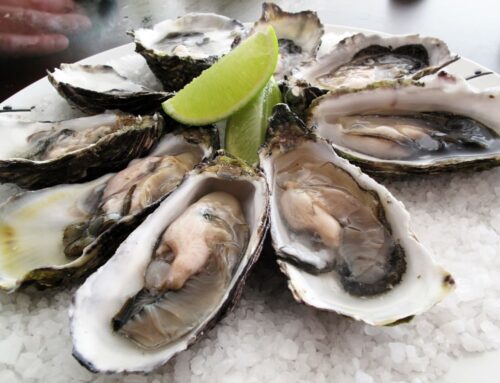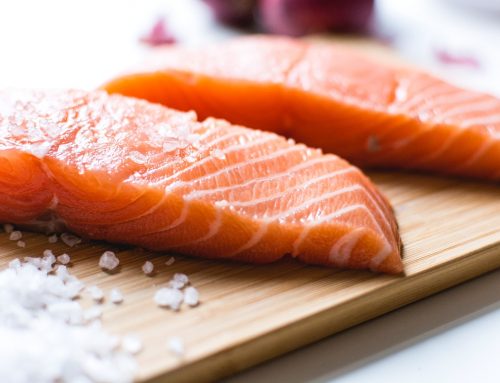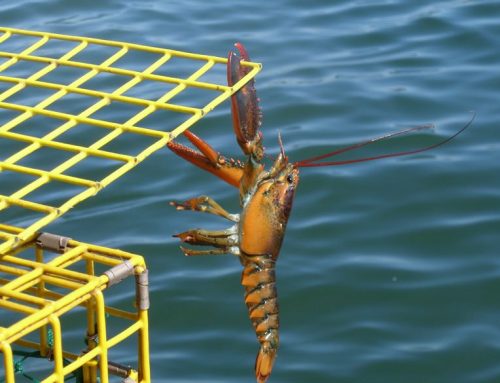The world is quickly changing, and lobster prices are among the affected. Just last week, media reported the average per-pound price for 2019 Maine lobster was $4.82, the highest since the state began tracking prices in 1880. Just one week later, lobster prices began to tumble, causing shippers and fishers to fear that the worst is yet to come.
The coronavirus-caused worldwide slowdown in imports has had a widespread effect on several industries, including many food products. This is especially true for lobster; China is one of the biggest buyers in the world for lobsters from the United States and Canada. Europe also has several large major markets, including Italy, which has been hit especially hard by the virus. Supply chain disruptions have caused lobster prices to plummet in an already economically depressed season.
What’s Causing Volatile Lobster Prices?
In short: The inability to export lobster overseas. SARS-CoV-2, also known as COVID-19 or the Novel Coronavirus, has significantly changed global supply chains. While this includes lobster, it also impacts other live seafood products, like Dungeness crabs. Foreign markets, which were once very reliable for fishing operations of all sizes, are now either inaccessible or less accessible than in previous seasons. Attempts to stop the virus’s spread are the root of this change.
Without this overseas demand, more crustaceans are entering the U.S. market. This, in turn, is causing depressed prices and a lower per-pound value to fishers. According to the publisher of SeafoodNews.com the wholesale price for a live 1.25-pound lobster in March is currently $7.78. This figure is 18 percent behind last year’s rate and 33 percent March 2018’s rate.
We should note that the price reduction has not necessarily reached consumers yet. March is typically one of the more expensive months to buy lobster, as supply is typically lacking at this time of year. Analysts expect this to change when fishing season picks up in the summer.
Immediate Effects of Lobster Price Changes
For many Maine lobster providers, these shifts are causing massive changes. The New York Times spoke with the operations manager at The Lobster Co., located in Arundel, ME. The company has already had to lay off eight of its 15 works. They expect more layoffs as the lack of exports carry into May and June. This is likely true for dozens of lobster countries around New England, who may be scrambling to make up for lost profits.
Consumers, however, could see a massive drop in price as supply continues to grow without international demand. This price cliff will not appear until the summer months, however, due to the product’s seasonal availability.
Savings Might Not Translate to Online Lobster Delivery
We’re getting a lot of questions about falling lobster prices and where to find them. While you can find isolated deals, steep discounts haven’t been showing up for online lobster delivery. In fact, online consumers should expect to pay the same or higher than in previous years. This is, in part, due to the cost of delivery, not the lobsters themselves. Much of the online lobster delivery cost is wrapped up in processing and shipping, which can act as a price stabilizer even amidst significant changes to per-pound costs.
Take note of our Affiliate Relationships that may exist with this page and companies listed on it.








[…] possible price for their dinner. For example, the lobster fishing year is highly variable, causing significant price swings from month to month. To get the best price, buy during the season’s peak, when lobsters are most […]